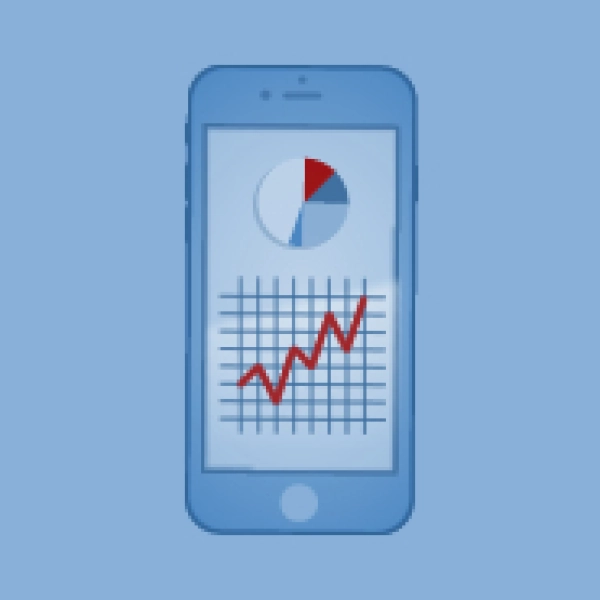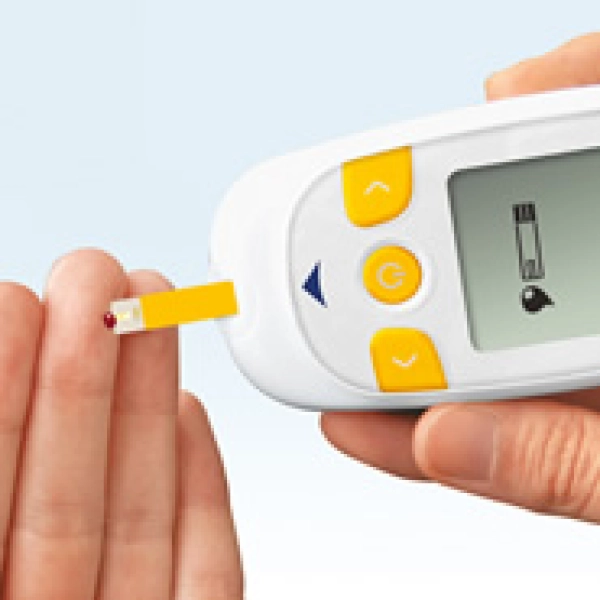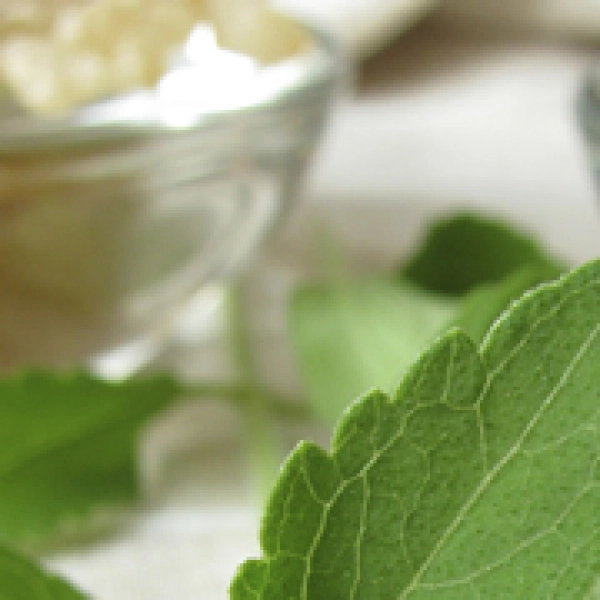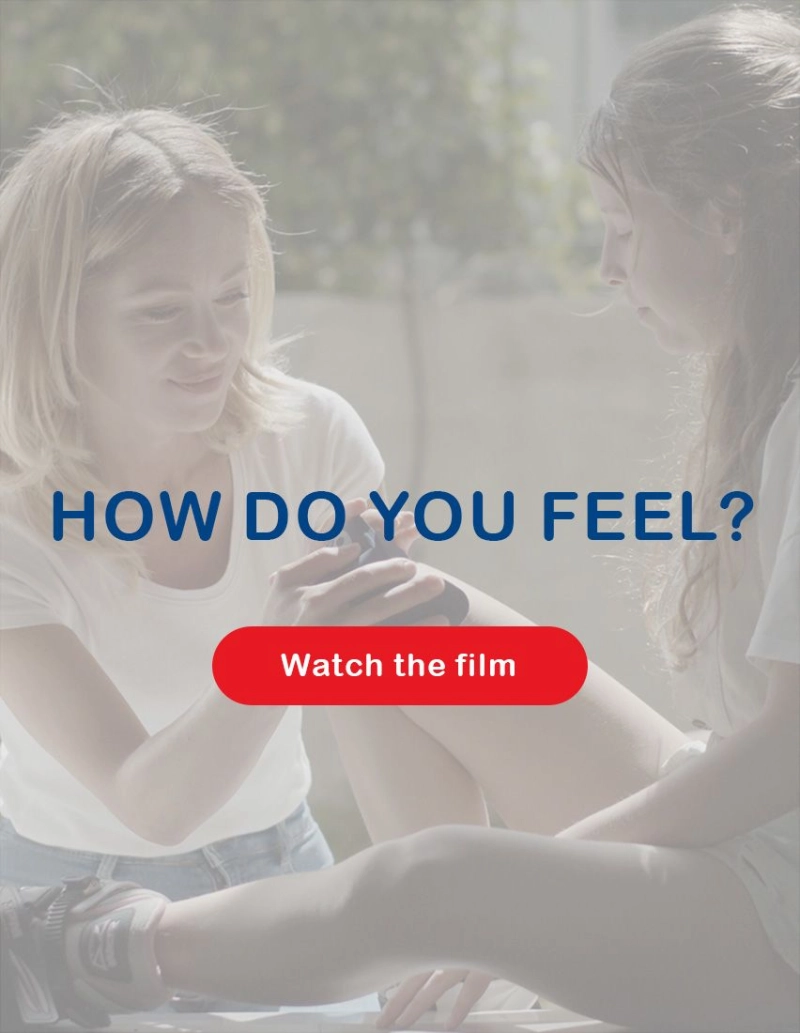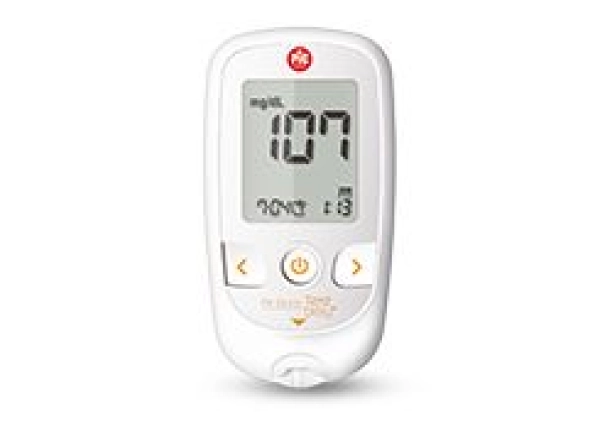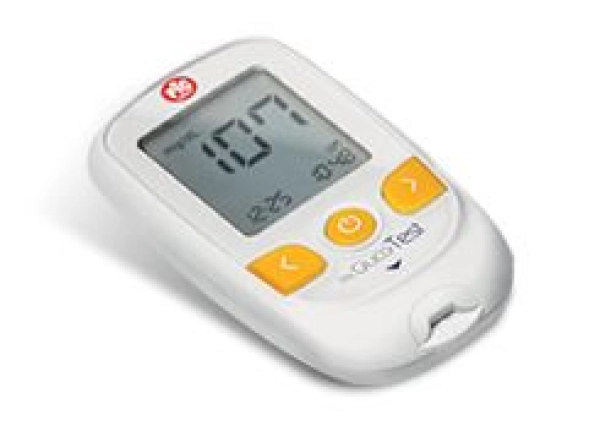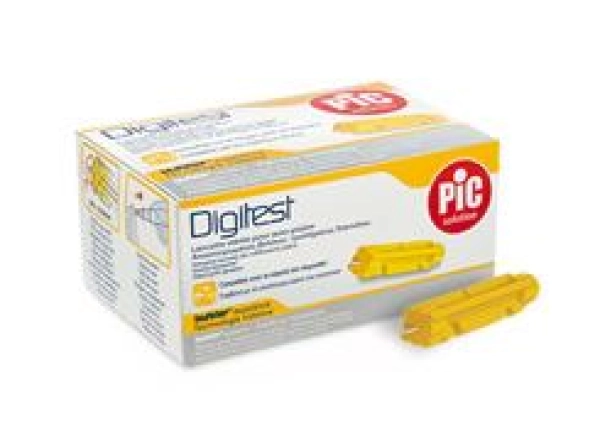

Anyone affected by diabetes has had at least one occasion when they saw their blood sugar drop below the so-called "warning levels". That is exactly what hypoglycaemia is: a rapid lowering of blood glucose levels below the normal threshold, which is usually 70 mg/dl. Events like this are more frequent in the hour before lunch and in the middle of the night, when hypoglycaemia often manifests itself with a series of warning signs, known as prodromes: let's find out what they are.
Low blood sugar naturally triggers tachycardia, i.e. faster heartbeats to supply the brain with glucose more quickly. Hypoglycaemia involves our entire body, but our heart is the organ that is truly put to the test. If you have diabetes and feel your heart pounding in your throat, you should measure your blood sugar right away.
Intense hunger, sweat glands that seem unable to shut off, dizziness: these are some of the symptoms associated with common hypoglycaemia. During events like these, it may feel like your mental reflexes are slowing down. Indeed, many medical and scientific researches have shown that cognitive abilities drop when blood glucose values fall below the threshold of 70 mg/dl.
Obviously, hypoglycaemia is no fun... but it can be prevented with common sense. Unfortunately, many urban legends about the issue circulate online. Some people, for example, eat a heap of sugar to prevent possible crises. That is the worst possible idea. If you think about it, it makes no sense: hypoglycaemia cannot be avoided with a "sugar-based therapy". In fact, eating too much sugar can jolt you from hypoglycaemia to hyperglycaemia, with the risk of complications.
Medical-scientific research has shown that most hypoglycaemia events are triggered by an imbalance between insulin intake and actual carbohydrate consumption. Counting carbs can be useful to improve glycaemic control: this system allows you to calculate the extent of the increase in blood sugar caused by each meal, in order to compensate for it with adequate doses of insulin. You'll need some practice at the beginning, but in the end, with the help of your doctor or specialist, you will find the right fit.
Knowing the famous 15/15 rule can help you deal with episodes of hypoglycaemia more serenely. If your blood glucose levels are below 70 mg/dl, it's time to stop any activity, including driving. Then, you will need a glucometer and a small supply of sugar to follow the rule. The first step is to take 15 grams of simple sugars, which correspond to 3 packets of sugar. After 15 minutes, check your blood sugar: if it's below 100 mg/dl, take another 15 grams of sugar and so on. You will have to repeat this "sugar and measure" process until your blood sugar is over 100 mg/dl at least twice, without any further sugar intake between two measurements.
